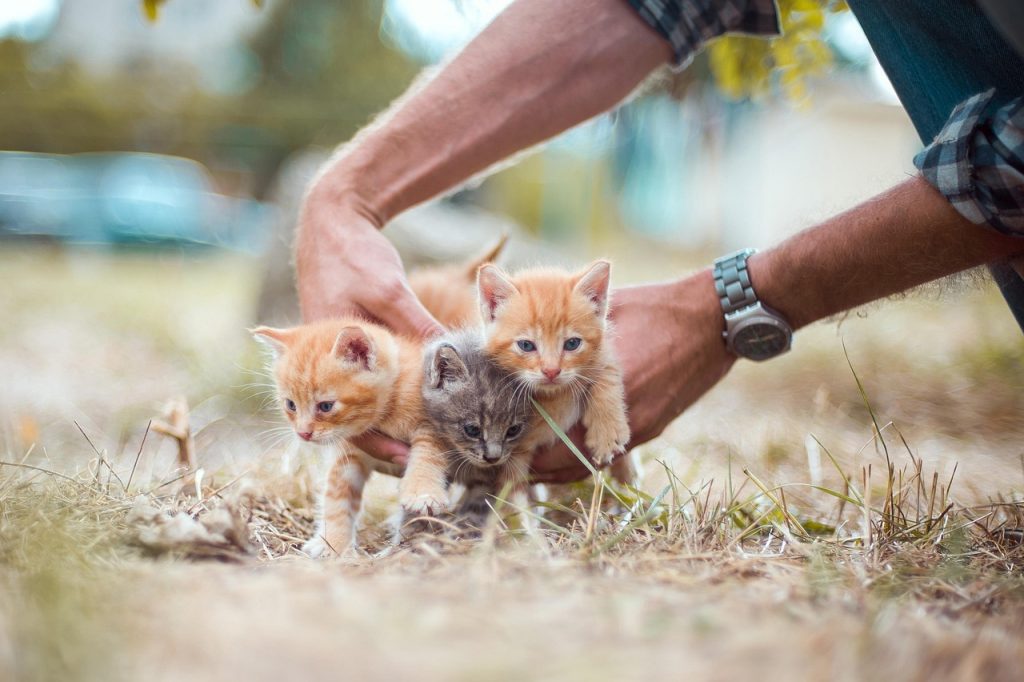Introduction
Foster care is not limited to helping human beings alone. In this article, we’ll delve into the rewarding world of pet foster care, where individuals provide temporary homes and care for animals in need. Discover the unparalleled joy and fulfillment that comes from offering a safe haven to pets while they await their forever homes.
Understanding Pet Foster Care
What is Pet Foster Care?
Pet foster care is a selfless act where individuals take in animals, often rescued from shelters or dire situations, and provide them with a temporary and loving environment. This allows these pets to receive care, socialization, and rehabilitation while they wait to be adopted.

The Impact of Pet Foster Care
Foster care for pets plays a crucial role in reducing the overcrowding and euthanasia rates in animal shelters. It also allows these animals to receive the attention and training they need to become well-adjusted, loving companions for their future families.
Getting Started as a Foster Parent
Becoming a Foster Parent
Taking the step to become a foster parent to a pet is a fulfilling journey. It begins by connecting with local animal shelters or rescue organizations. Once you’re approved, you can start fostering a pet.
Choosing the Right Pet
Deciding which pet to foster is an essential step. Factors such as your living situation, schedule, and personal preferences should be considered. Be prepared to adapt to the unique needs of the pet you choose.
The Foster Care Experience
The Daily Routine
Foster parents are responsible for the day-to-day care of their foster pets. This includes feeding, exercise, grooming, and administering any necessary medications.
Training and Socialization
Foster pets often come with various needs, such as training or socialization. This experience provides an opportunity to teach them important skills and build trust.
Emotional Connection
Building a strong emotional bond with your foster pet is an inevitable part of the process. This connection, although temporary, can be incredibly rewarding.
Challenges and Rewards
Emotional Challenges
Foster parents may experience a range of emotions, from attachment to sadness when it’s time to say goodbye. Dealing with these feelings is part of the foster care journey.
The Joy of Saving Lives
Knowing that you’ve played a role in saving a pet’s life and helping them find a loving family is a profound and enduring reward.
Finding Forever Homes
The Adoption Process
When a pet is ready for adoption, foster parents often assist in finding them a loving forever home. This includes screening potential adopters and ensuring a good fit.
Bidding Farewell
Saying goodbye to your foster pet can be bittersweet, but it opens up the opportunity to foster and save more lives in the future.
Conclusion
Pet foster care is an extraordinary act of kindness that not only benefits animals in need but also enriches the lives of those who take part. It’s a journey filled with emotional highs and lows, but the rewards of knowing you’ve made a difference in a pet’s life are immeasurable. Consider opening your heart and home to a foster pet and experience the joy of nurturing animals in need.

FAQs
1. How long does pet foster care usually last?
- The duration of pet foster care varies, but it typically ranges from a few weeks to several months, depending on the pet’s needs and circumstances.
2. Is pet foster care suitable for people with busy schedules?
- Yes, many foster parents have busy lives. You can find pets that match your schedule, and organizations often provide support.
3. Can I foster more than one pet at a time?
- Depending on your experience and living situation, fostering multiple pets might be possible. It’s essential to ensure you can provide individual care and attention to each.
4. Do I need special training to become a foster parent?
- While formal training is not always required, many organizations offer guidance and resources to help you succeed as a foster parent.
5. How can I get involved in pet foster care if I’m allergic to animals?
- If you have allergies, consider fostering hypoallergenic pets or those with special needs that don’t trigger your allergies. It’s important to communicate your allergies with the fostering organization to find a suitable match.






